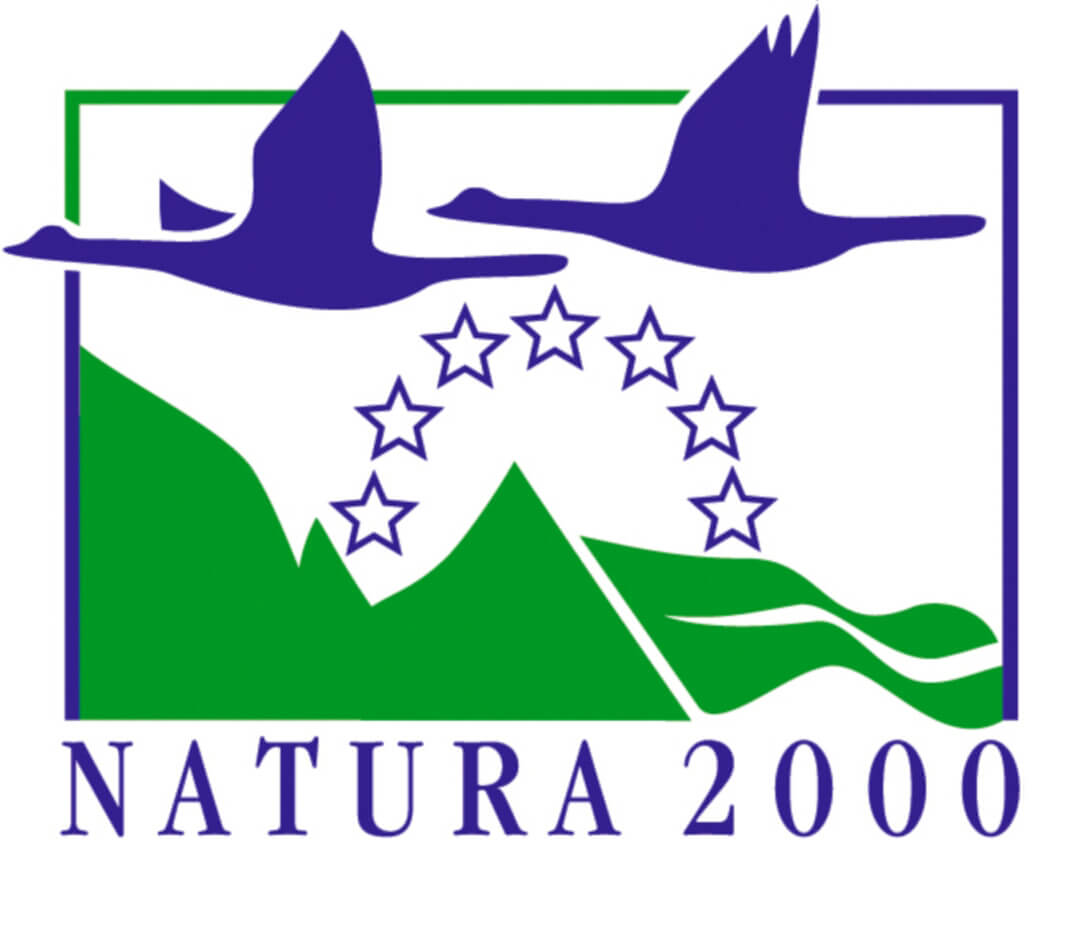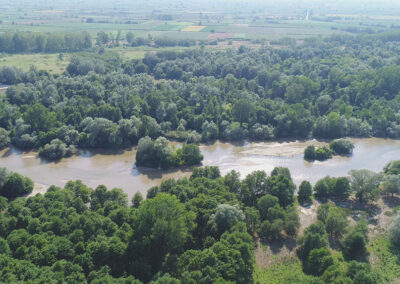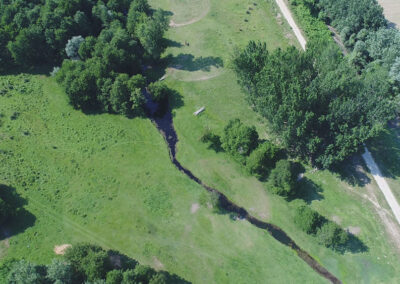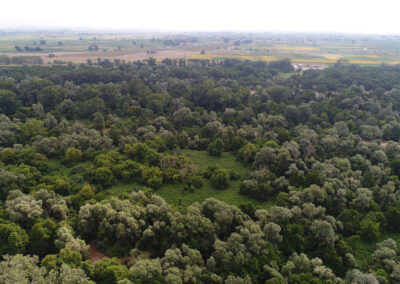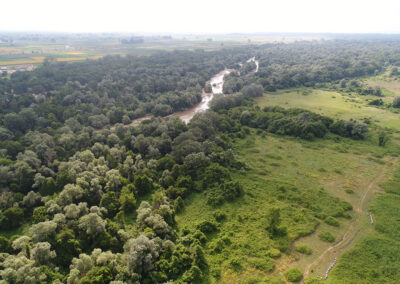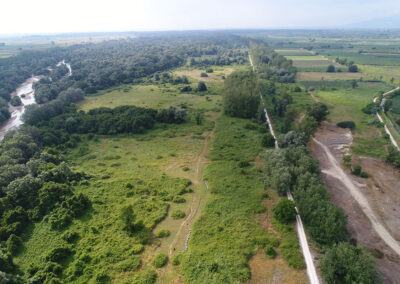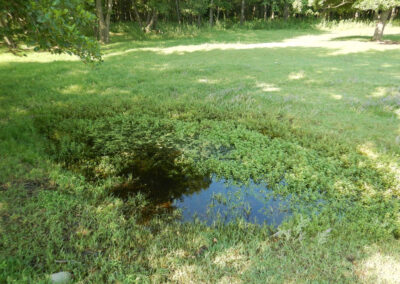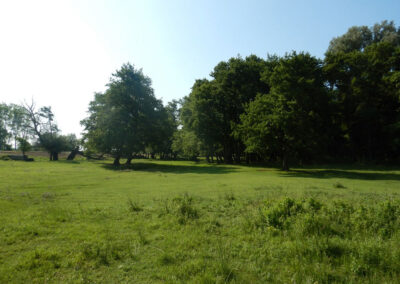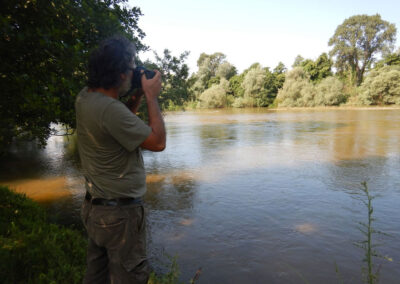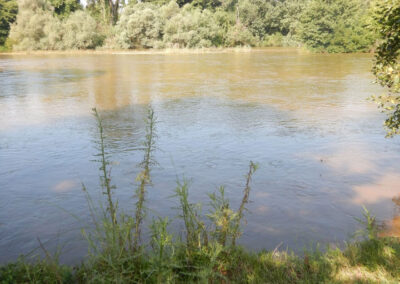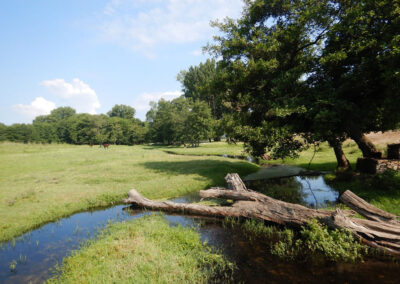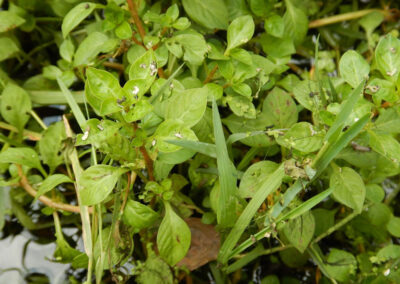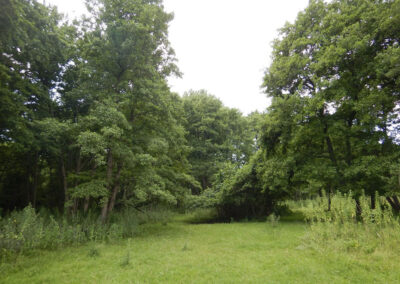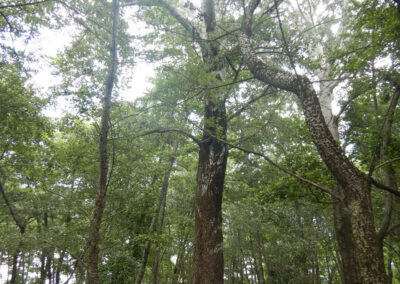Nestos
The Nestos River forms the natural boundary between the Regions of Macedonia and Thrace, in northeastern Greece. The Nestos Delta, created by the alluvial deposits of the river that have extended the land into the sea, covers an area of 55,000 ha. Because of its size and the variety of its habitats the Delta is considered among the most important wetlands of Greece and Europe. A significant feature of SCI GR1150010 is the riparian forest, priority habitat according to EU Directive 92/43, is one of the largest of its type in Mediterranean.
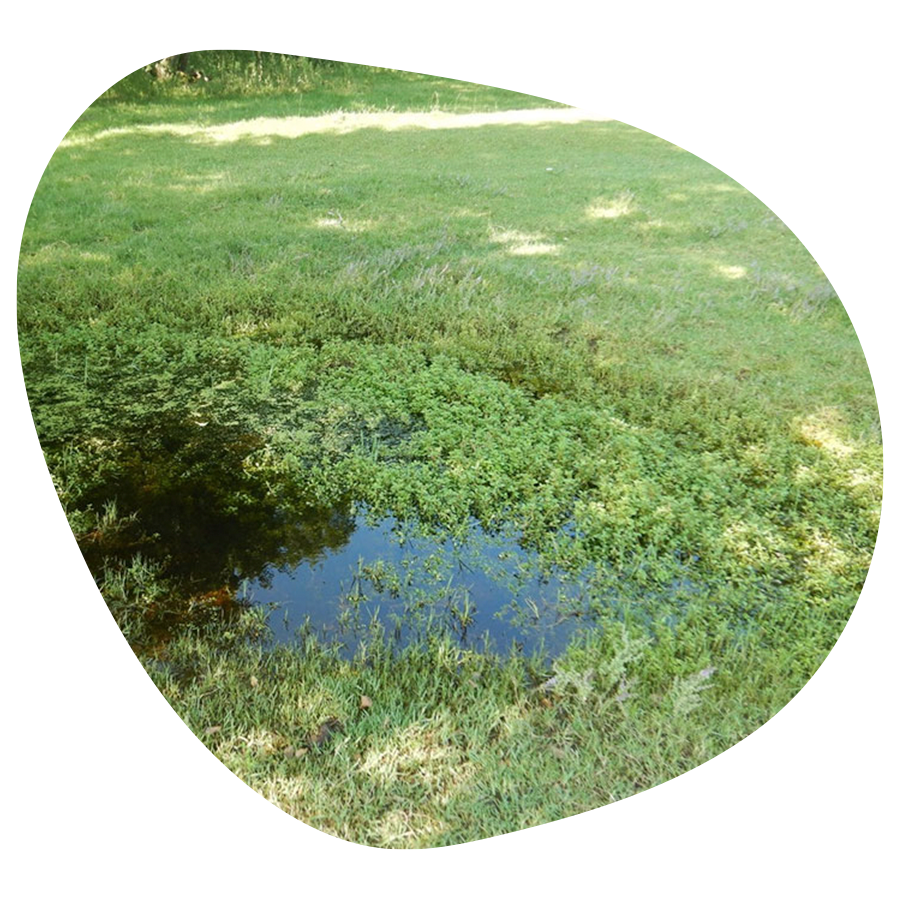
The flow of the Nestos River is used by both countries (Bulgaria and Greece) for municipal water supply, irrigation and hydroelectric power production. The past estimated mean runoff of the River is 20 to 30 m³/s and the annual discharge 1,120 mio. m³. The River is the most important water resource in its region and has been subject of bilateral negotiations for many years. The famous delta is a National Park but is in danger due to pollution caused by various human activities and to large-scale hydraulic works (dams) constructed along the river. Also extensive agricultural activities and no sustainable management of water resources in both sides of the river, especially around the Delta is another threat of the area. The main land uses include park land and protected fauna/flora areas, skiing, forestry, grazing, hydro-electricity, urban and scattered industry, fish farming and tourism.
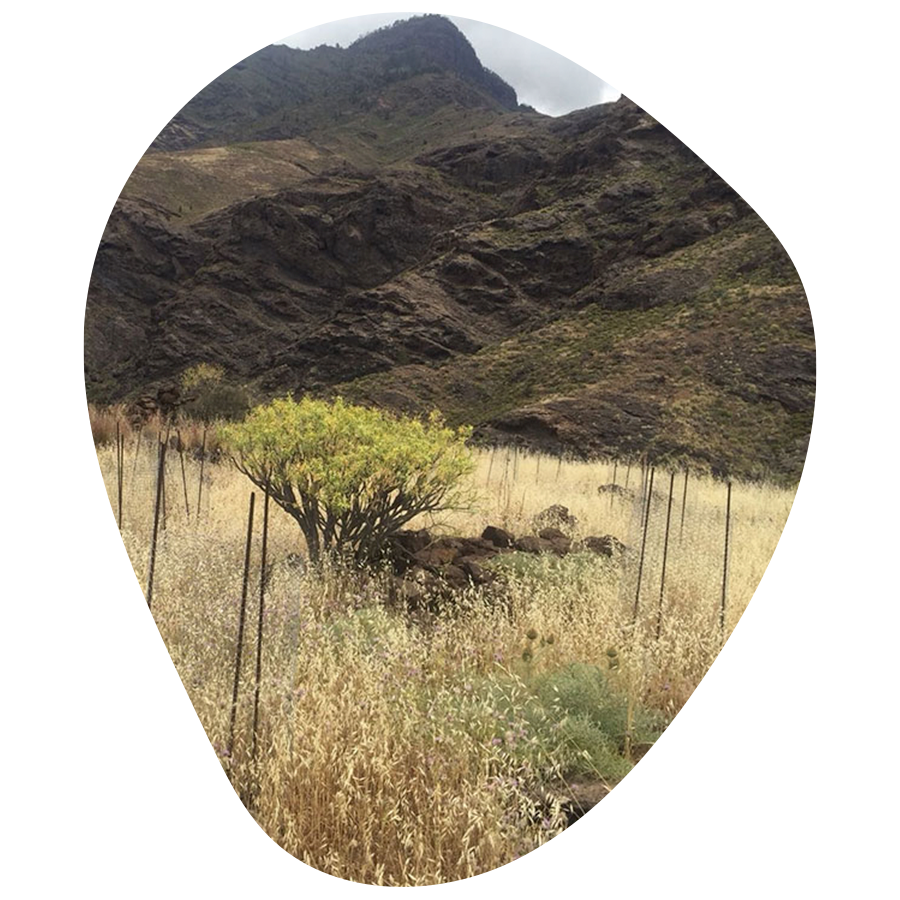
Tifaracás
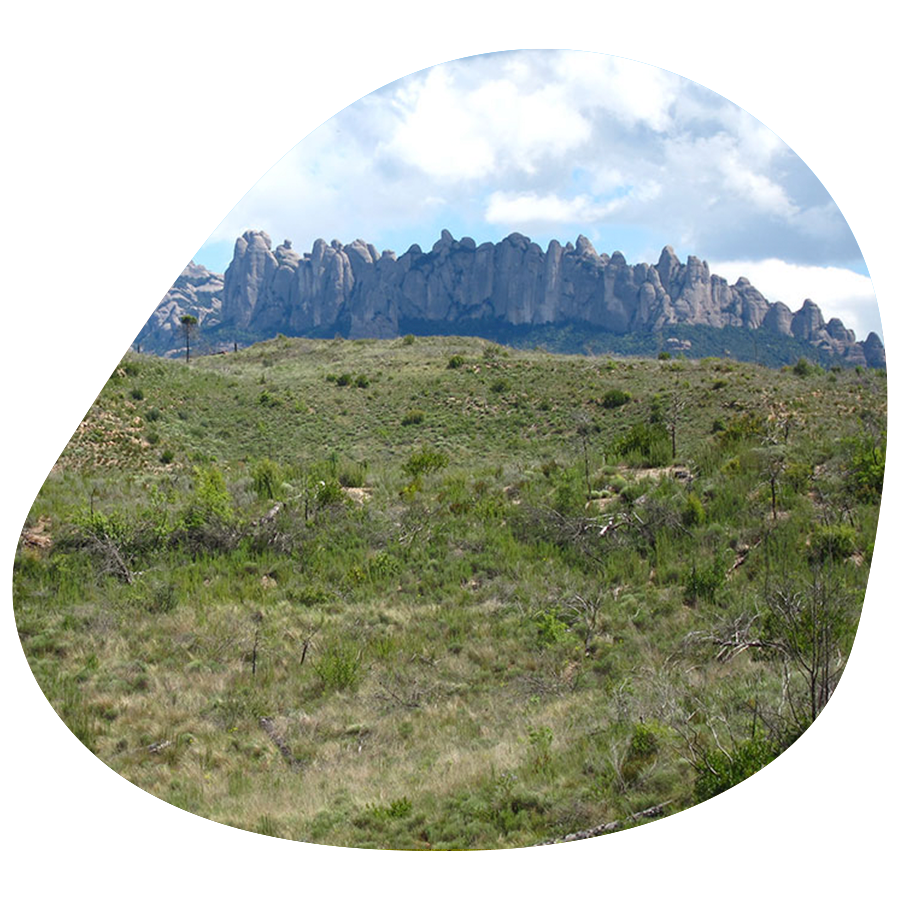
El Bruc
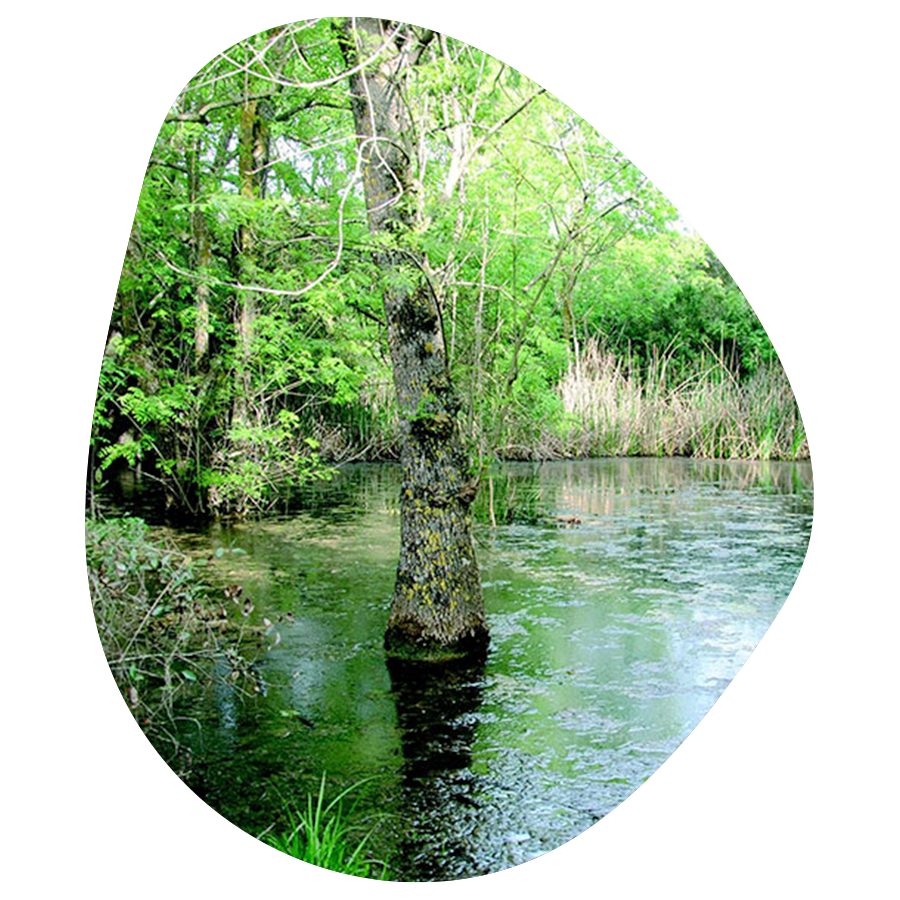
Palo Laziale
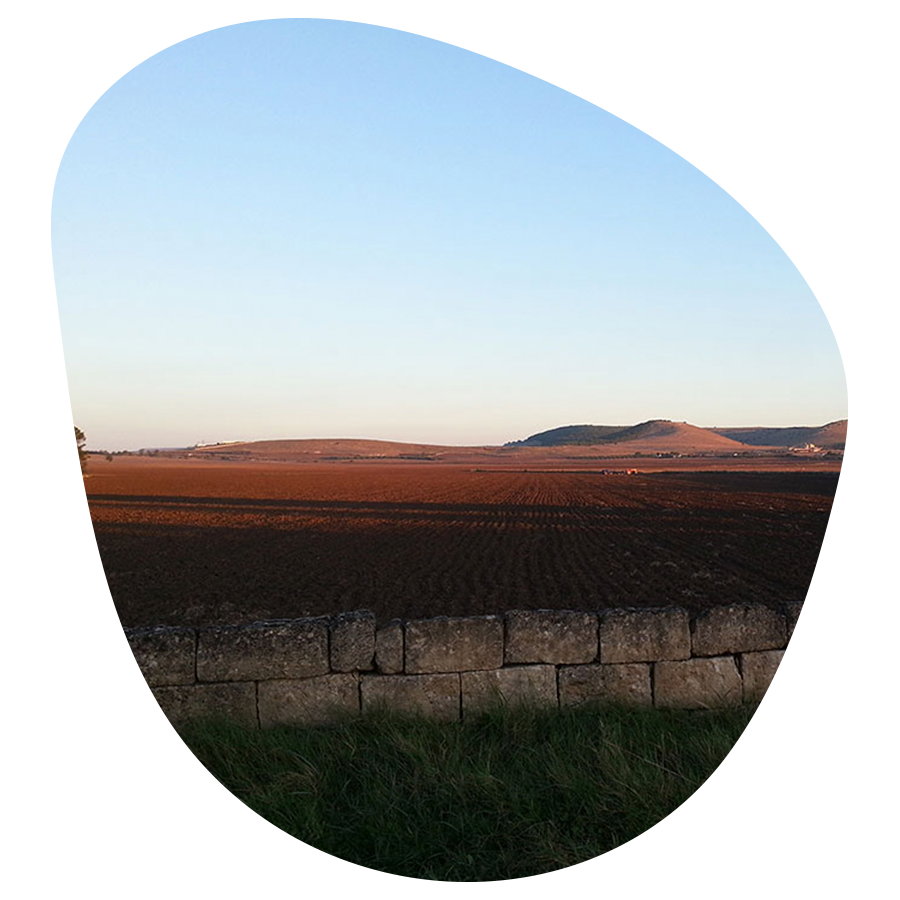
Alta Murgia

Nestos
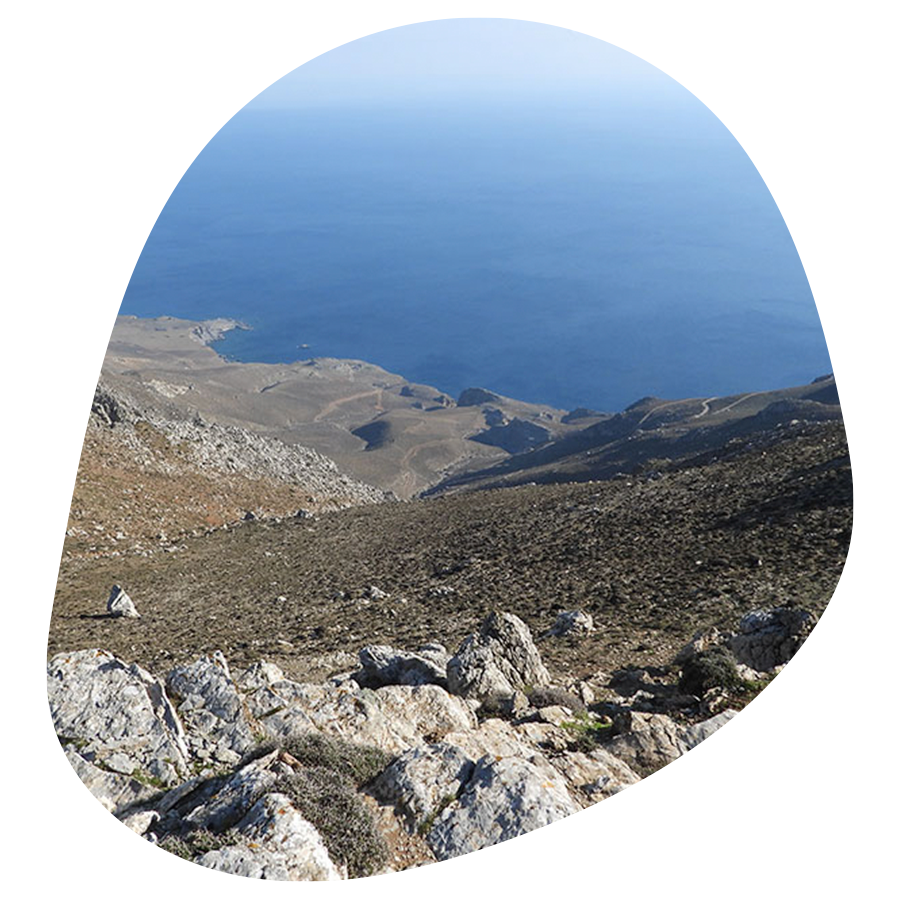
Asterousia
The LIFE20 PRE/IT/000007 project is funded at a percentage of 60% from the LIFE financial instrument “LIFE Preparatory project – Programme for the Environment and Climate Action” of the European Commission.
The GREEN FUND co-finances the NewLife4Drylands project for 2021, 2022 and 2023 through financing the University of Crete – Natural History Museum of Crete and the Hellenic Society for the Protection of Nature partners with the total amount of €52,000.00.

